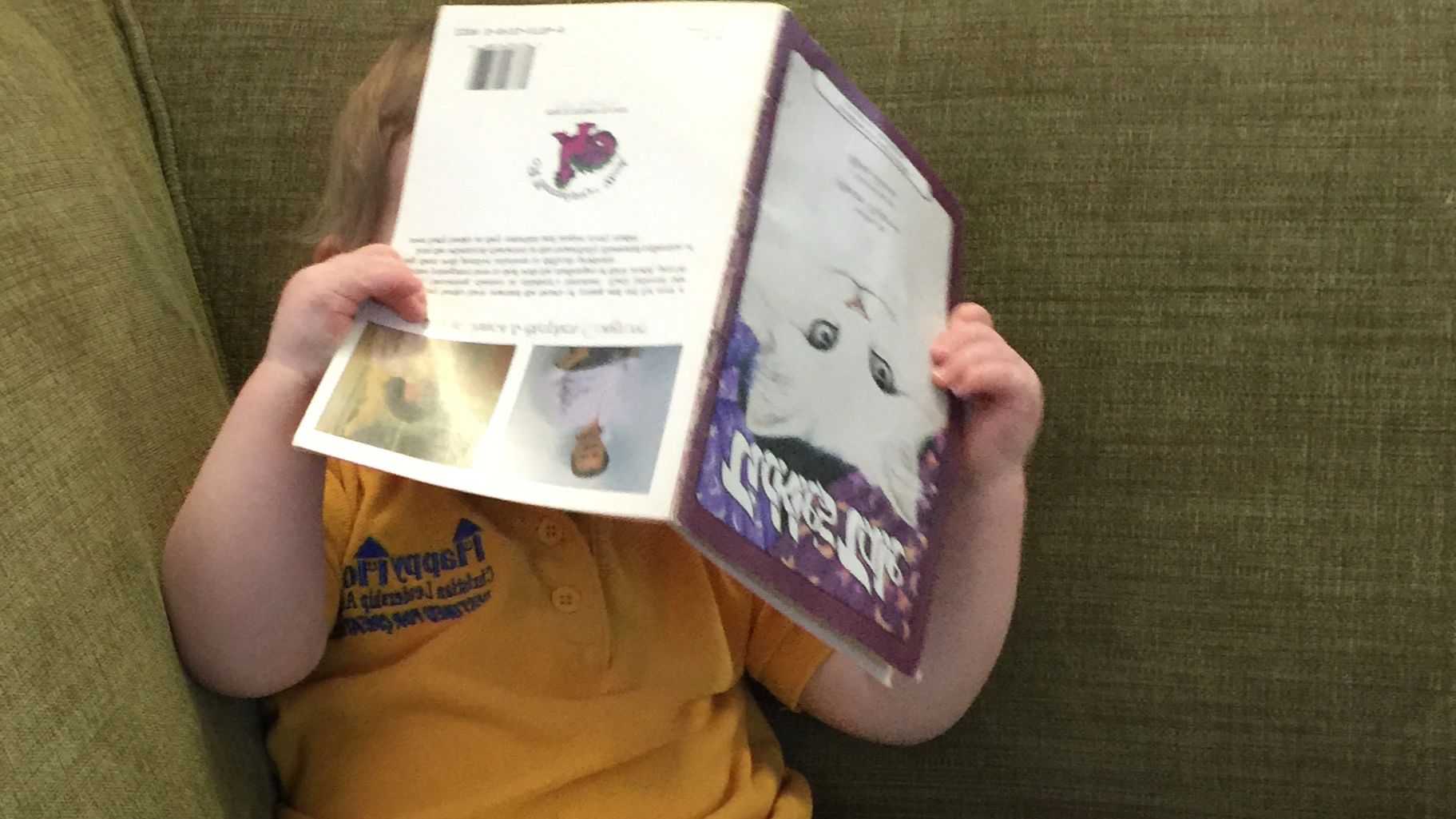The Two Kinds of Questions Readers Ask—and Why Writers Should Care (Especially If You're Writing for Kids!)
Apr 07, 2025
As writers, we often think about the questions we want to answer for our readers. But just as important are the questions that arise for the reader (or the kid who's listening to a grownup read). These questions determine whether they stay engaged or become frustrated and give up.
There are two kinds of questions readers ask. One kind keeps them turning the page. The other kind makes them stop. As writers, we need to encourage the first and eliminate the second, especially when writing for kids, who have shorter attention spans and a lower tolerance for confusion.
The Questions that Keep Kids Hooked
The best questions are the ones that create curiosity and anticipation. These questions keep young readers invested in the story:
- What’s going to happen next?
- What’s inside that mysterious box?
- Is the character going to get what she wants?
These are the questions that drive the story forward and make kids eager for the next page, the next adventure, the next big surprise. Well-crafted stories plant these questions at the right moments to keep that sense of wonder alive.
The Questions that Make Kids Put the Book Down
Then there are the questions that disrupt the reading experience. Instead of fueling engagement, they cause confusion, frustration, or even boredom.
- What does that word mean?
- Why did the character act that way?
- Wait, what just happened? I don't understand.
These questions arise when writing is unclear, when details are inconsistent, or when the logic of the story falters. We can't expect the kids to stick with a story they can't follow. We want kids to engage with the book and the illustrations, but it's frustrating to the reader (often a grownup) when the flow of the story is interrupted because something is unclear. Too many of these moments, and they'll abandon the book for one that's more satisfying.
How to Encourage the Right Questions
To keep young readers engaged, we writers must be intentional about the kinds of questions we're prompting. Here’s how:
- Make them wonder, not scratch their heads. Keep the mystery fun, not frustrating.
- Be clear about key details. If a kid has to flip back to remember who a character is or where the story takes place, something’s off.
- Keep the language clear and simple. Kids don't need to know every word in a picture book (unless it's intended to be an early / easy reader), but they should be able to discern the meaning from the context.
- Make sure surprises make sense. If a talking bunny shows up out of nowhere, give hints earlier in the story so it doesn’t feel random.
- Answer questions at the right time. If you make kids wonder what’s inside the treasure chest, don’t make them wait too long to find out!
There's a foolproof way to make sure your story is ready for prime time, and that's to enlist beta readers to read it to kids in your target age range. I wouldn't dream of sending my stories out into the world without taking this step. It's well worth the extra time and effort. I usually aim for seven to nine beta readers: parents, grandparents, librarians, teachers. I edit my own stories mercilessly, but sometimes I'm just too close to see them with fresh eyes (or hear them with fresh ears).
I'm in the middle of this process right now with A Mysterious Christmas Visitor, scheduled for publication in July. Next month, I'll share some of the feedback from my beta readers and the edits I made as a result. In the meantime, my manuscript review service includes a free guide to working with beta readers--get in touch if I can help you!
